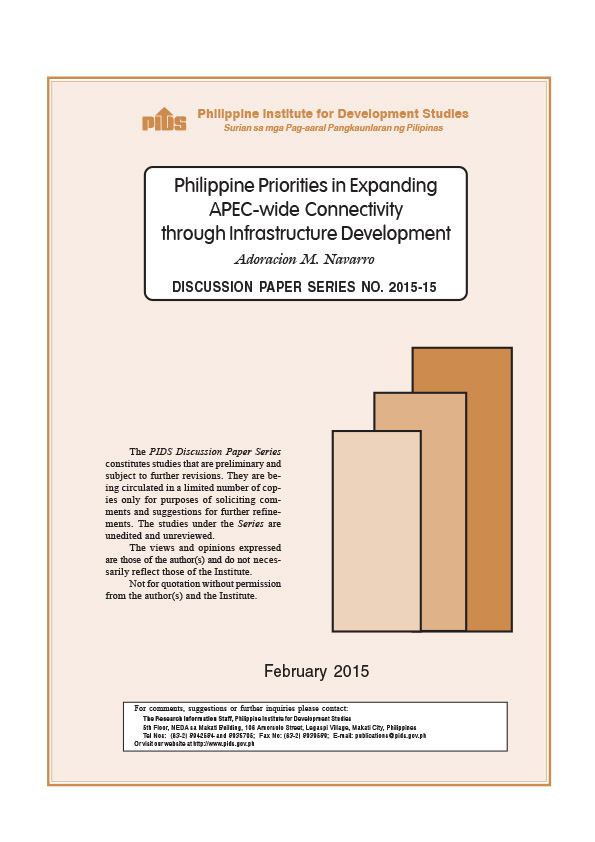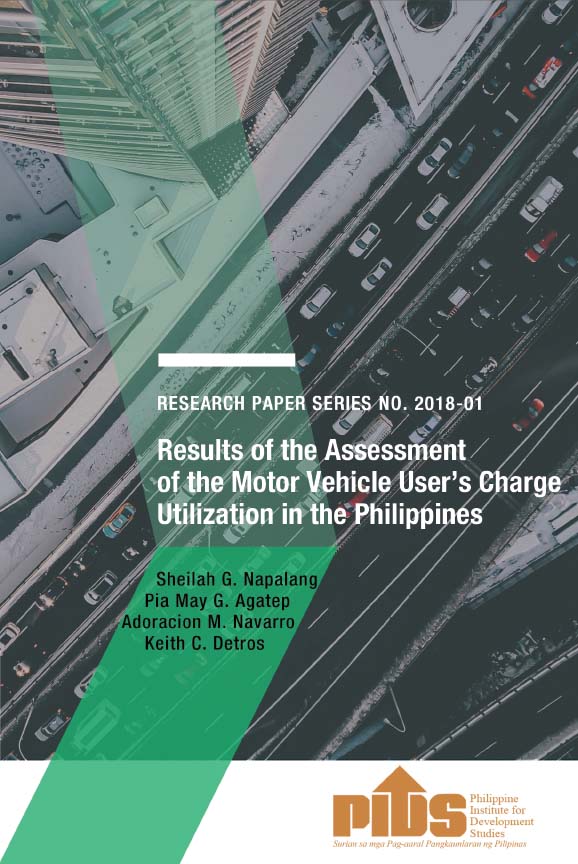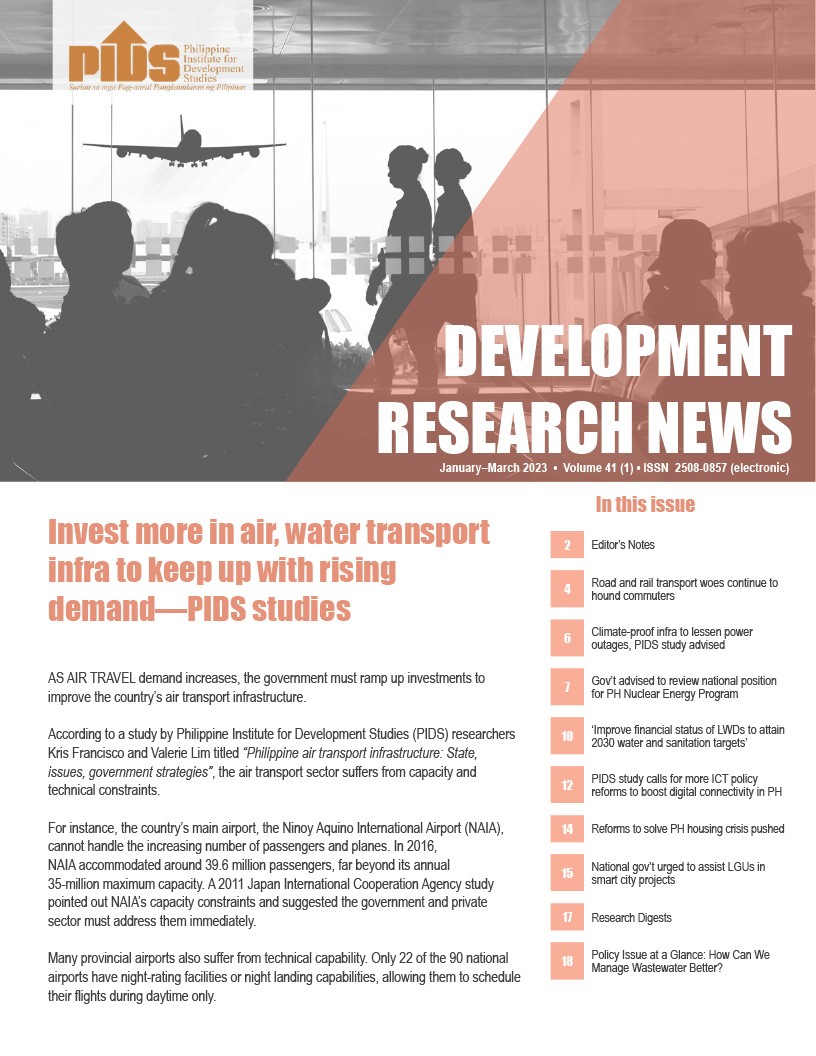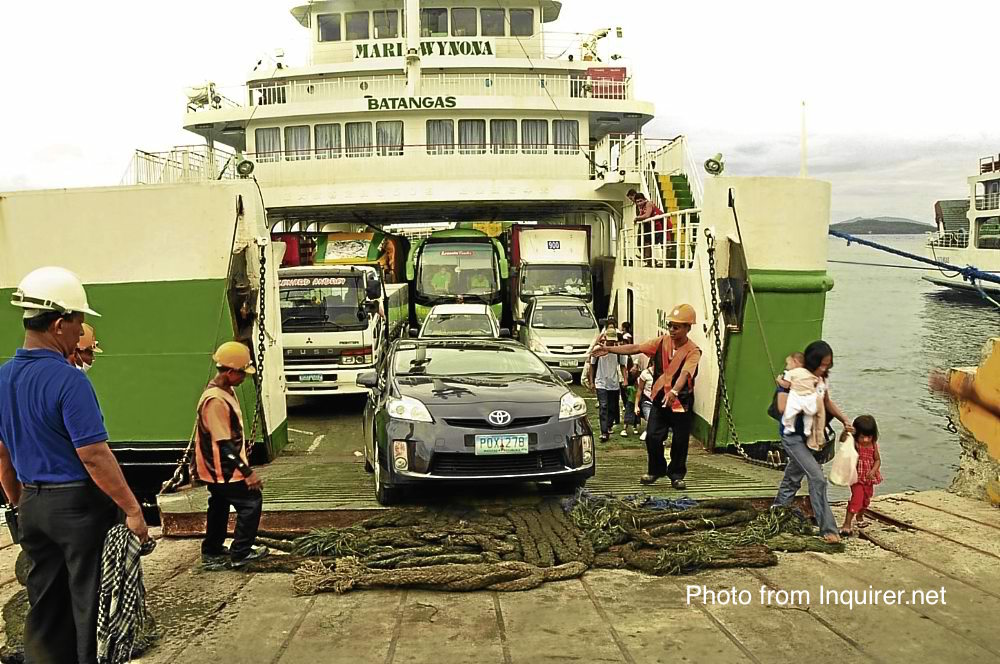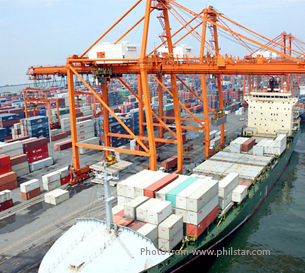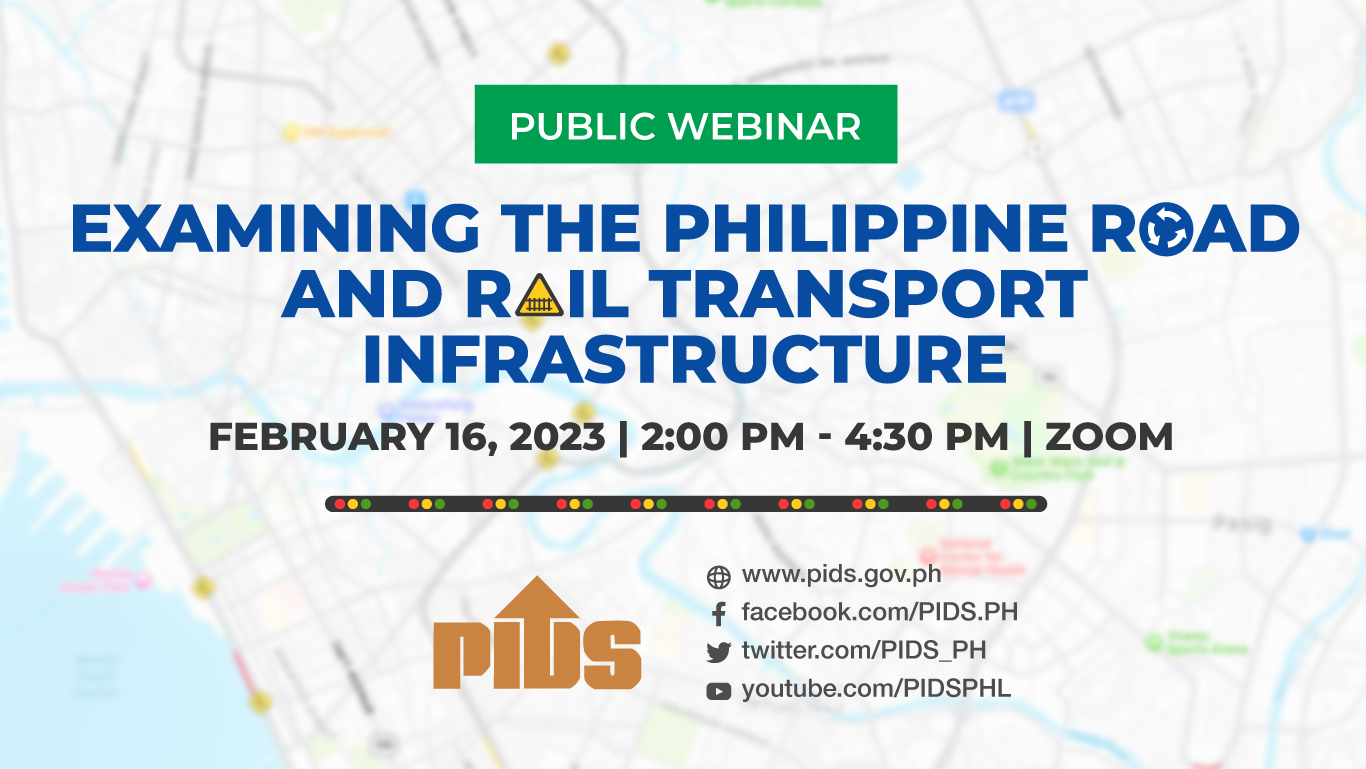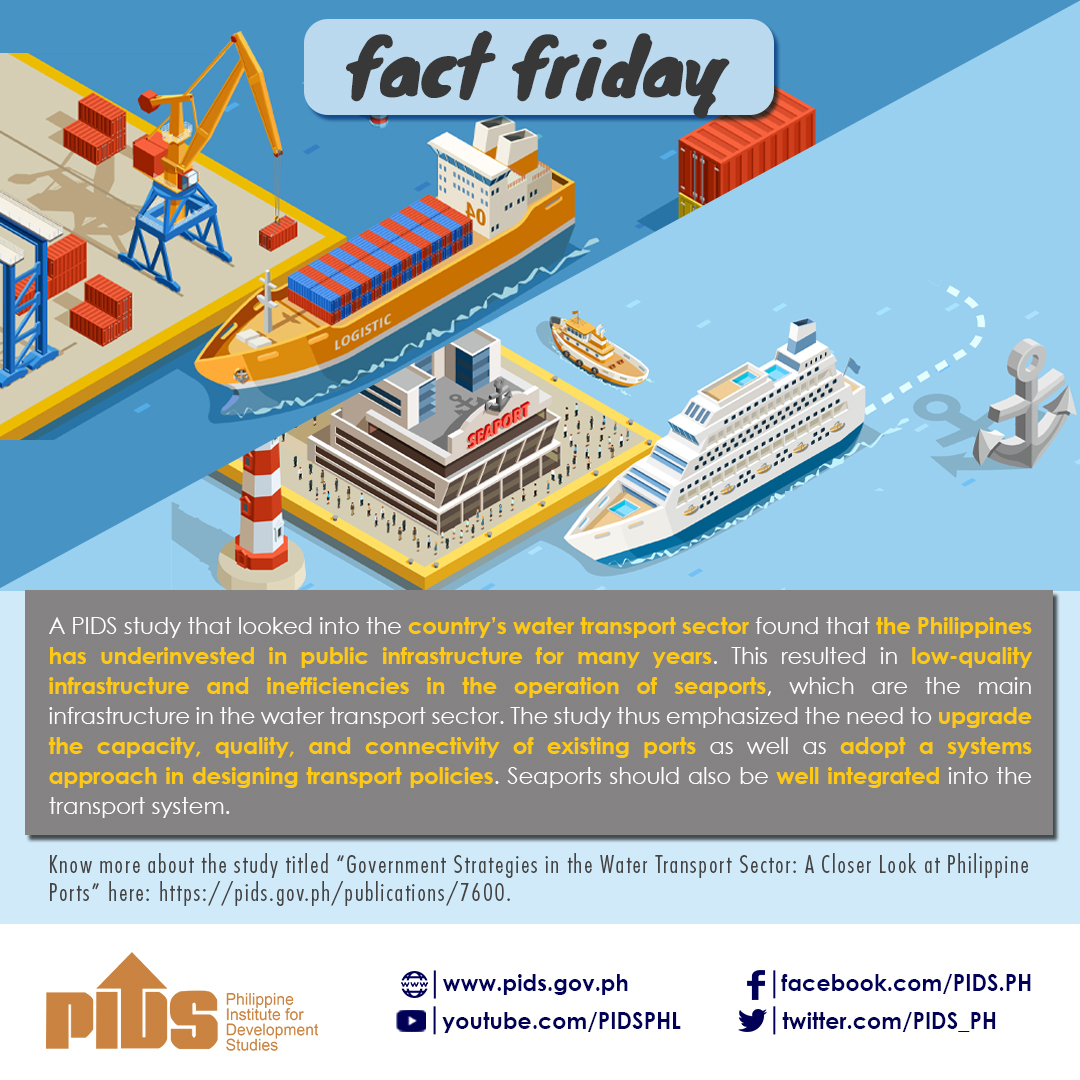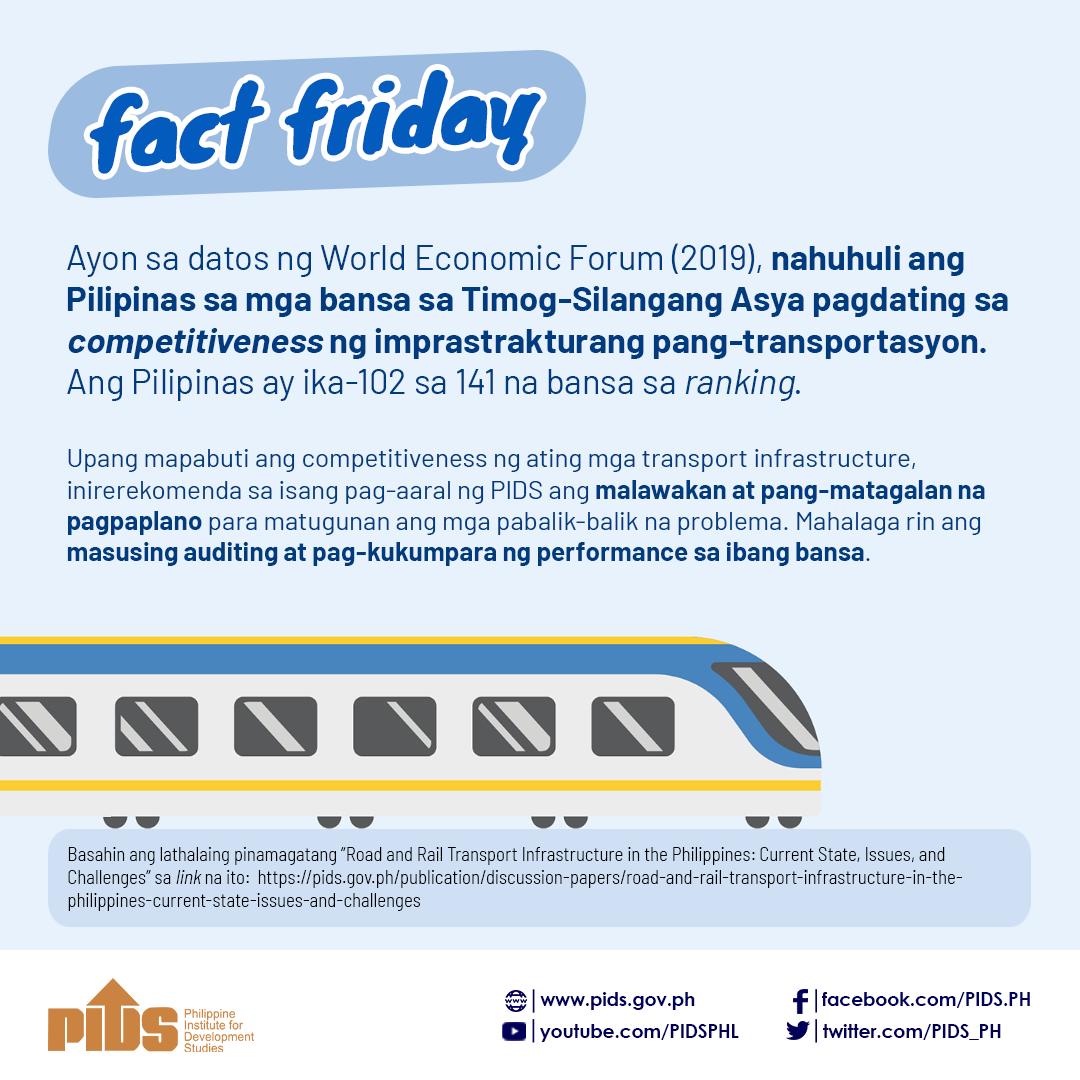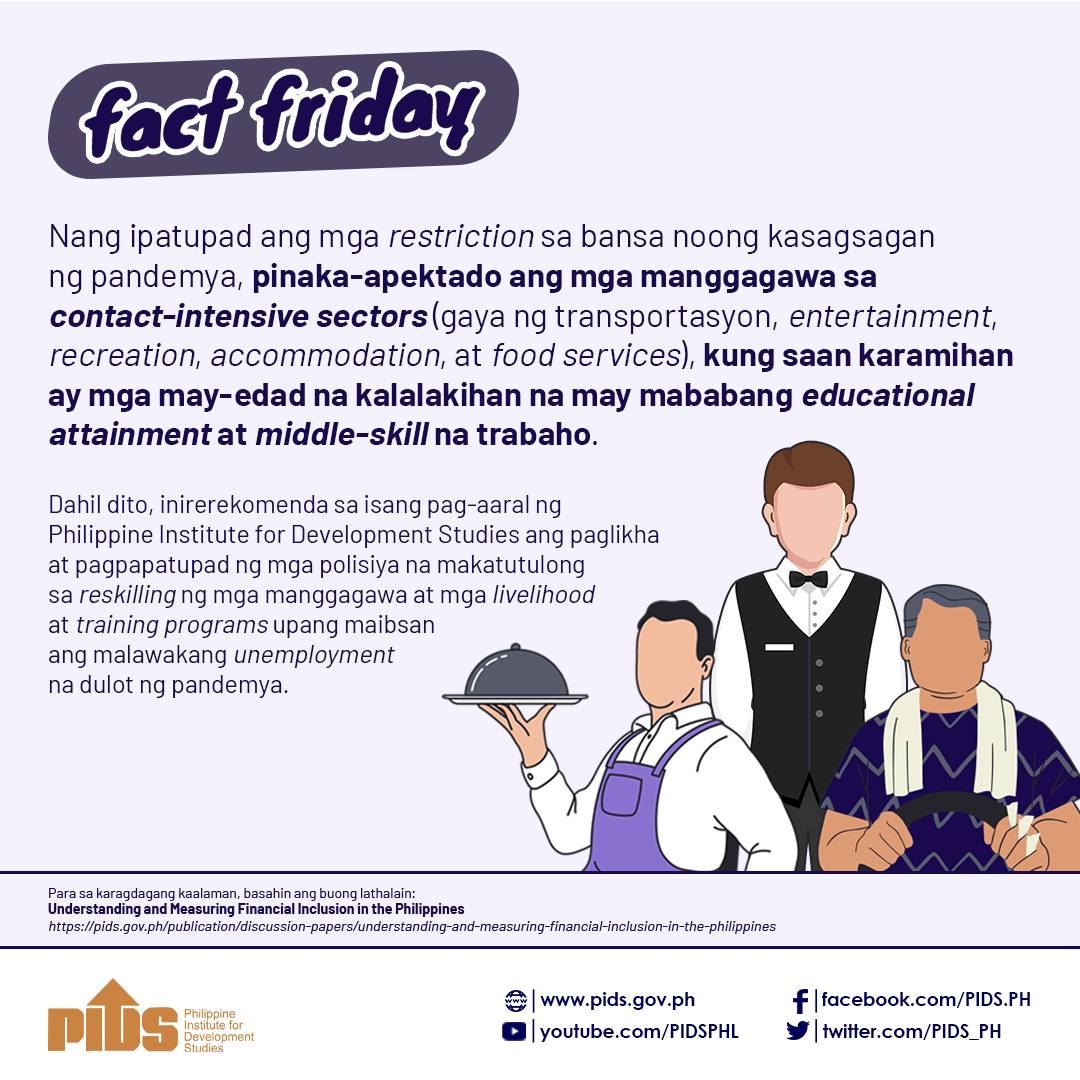Around 3,000 to 400,000 persons use the MRT 3 a day. Apparently, MRT 3 is now at the peak of its capacity. Expansion is in order through the procurement of additional train units to be able to maximize the benefits of this urban mass transport system.
Recently, however, a major concern for the MRT 3 has stemmed from the huge amount of subsidy required for the government to cover the capital cost, aside from the operation and maintenance costs of the system. Raising the fare hike level as a way to minimize such subsidy has recently sparked debates.
In a Pulong Saliksikan held at the Carlos P. Romulo Hall of the NEDA sa Makati Building, government think tank Philippine Institute for Development Studies (PIDS) research consultant Ms. Ruzette Morales-Mariano tackled this and other related issues in a presentation of her paper titled "Policy Directions in Providing Government Subsidies for Urban Rail Systems."
As a background, the present minimum fare for riding the MRT 3 is PHP 10.00 and the maximum is PHP 15.00 with an average of PHP 12.50. At this level, in 2006, the subsidy was PHP 47.50 per rider. For the same year, 135 million passengers rode the MRT 3. Had the average fare paid by the riders been PHP 60.00 per rider, the fare box revenue could have covered all of the project costs in that year alone.
But in this scenario, one of the main considerations is the riders' willingness to pay. At this time when Filipinos are tightening their belts to get by on a daily basis, a fare hike would be a sensitive issue. However, taken from another perspective, it is important to identify the highest level of tariff that would result in the highest fare box revenue without compromising the economic benefit that should be derived from the MRT system.
Thus, Ms. Morales-Mariano recommended that fare level should be raised to PHP15.00-20.00 from the current PHP 10.000-15.00 range, as this price range yields the highest annual revenue. In turn, it results to the lowest subsidy requirement without compromising the level of social benefits.
In determining the correct level of fare pricing, ridership surveys should be conducted approximately every two to four years, according to Ms. Morales-Mariano. This would allow government to get a feel of the riders' current willingness to pay as well as the resulting fare box revenue and social benefits associated with an increase in the tariff level.
In the case of the MRT 3, the Metro Rail Transit Corporation (MRTC) was tasked to design, construct, equip, test, and maintain the MRT 3. The government, for its part, agreed to pay MRTC for the equity capital that it has invested along with a guaranteed 15 percent return on equity (ROE) per year as well as the cost of operations and maintenance. MRTC financed 29 percent of the project cost while the official development assistance (ODA) loans funded the remaining cost.
The government entered the contract with the aim of providing railway service in one of the busiest thoroughfares in Metro Manila without having to spend public funds. And while indeed, part of the costs was shouldered by foreign loans, in the end, it was the government that guaranteed all the foreign loans, commercial risks, and the 15 percent ROE of the MRTC. It also gave its 16-hectare land in North Triangle, Quezon City that is now being used as a depot.
Should the government still continue to subsidize? Ms. Morales-Mariano explained that the government needs to subsidize the operation and maintenance of the MRT 3 because of the following reasons: (a) railway enterprises normally experience negative cash flows for a number of years before they reach a break-even point; and (b) fare box revenues may also only cover daily operating and maintenance costs. However, she stated that minimizing the level of subsidy should be highly encouraged.
In order to help make subsidies reasonable and efficient, it is imperative to identify how the rest of the cost items are funded by the government. In financing MRT systems, bulky and hard-to-liquefy components should be financed by government, Ms. Morales-Mariano emphasized. On the other hand, cost components that can be recouped by fare box revenue such as operating and maintenance costs can be financed by a private partner.

